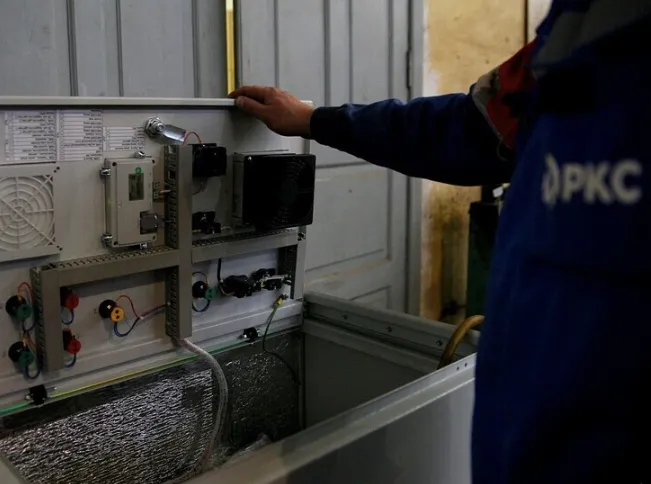Russia Is Racing to Digitize Its Archives

From propaganda posters to century-old books, Russian institutions are moving fragile paper records into massive digital vaults to preserve them for the future.
In the Yamalo-Nenets Autonomous Okrug, officials have launched a centralized digital archive where more than 62,000 pages of documents have already been uploaded to the state-run “Electronic Archive of Yamal.” According to the company Elar, the effort covers everything from stitched case files and oversized sheets to film reels. Each item goes through verification, preparation, scanning, image processing, indexing, and then migration into the central system.
The digitization drive isn’t limited to Siberia. In the Lipetsk Regional Museum of Local Lore, specialists have begun scanning Soviet propaganda posters from the 1950s and 1960s. Once processed, these rare artifacts will be published online through the State Catalog of the Museum Fund of Russia, making them accessible far beyond museum walls.
In the city of Syzran, the local history museum is working to safeguard its most valuable materials: the institution’s main inventory book spanning 30 volumes, along with over 1,100 rare texts — some more than a century old and in fragile condition.
Officials say the push is not just about modernization. Creating electronic copies of aging artifacts provides a safeguard against fires or natural disasters, while giving researchers remote access to materials that would otherwise remain locked away. For scholars, the shift could mean easier access to previously hidden corners of Russian history without putting the originals at further risk.









































